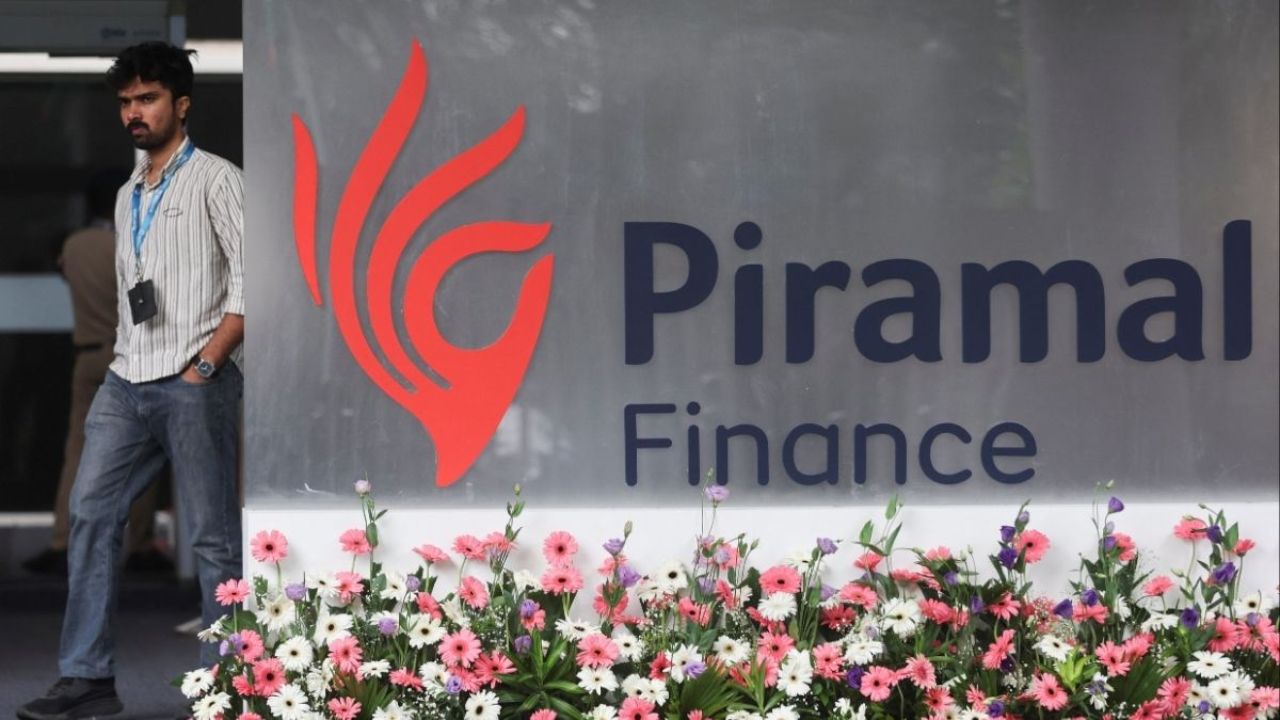The market opened today with a fresh story unfolding around Piramal Finance. Investors were watching closely as the stock returned to the exchanges after a long pause, stepping into its first trading session following its merger with Piramal Enterprises. And the debut didn’t disappoint—the shares listed at ₹1,260 on the NSE, registering a strong 12% premium over the discovered price of ₹1,124.20, before hitting a 5% upper circuit to close at ₹1,333.45, marking a stellar market comeback that sent ripples through the financial services sector.
This wasn’t just another corporate restructuring. It represented a strategic transformation that consolidated one of India’s prominent financial conglomerates into a focused, technology-enabled non-banking financial company (NBFC) with ambitious growth plans. The National Company Law Tribunal (NCLT) approved the merger on September 10, 2025, and after completing regulatory formalities, Piramal Finance made its trading debut on November 7, 2025, attracting significant investor interest and achieving a market capitalization exceeding ₹30,000 crore on its very first day.

Is Piramal Finance Share Listed?
Yes, Piramal Finance is officially listed and actively trading on both the National Stock Exchange (NSE) and the Bombay Stock Exchange (BSE) since November 7, 2025. The listing materialized after the successful completion of its merger with parent company Piramal Enterprises Limited (PEL), which received NCLT approval on September 10, 2025. Unlike traditional initial public offerings, this was a relisting process following the merger scheme, which did not involve fresh capital raising through an IPO.
The record date for the merger was fixed as September 23, 2025, and shareholders holding Piramal Enterprises shares on that date received equity shares of Piramal Finance in a 1:1 ratio, ensuring a seamless transition for all existing investors. Trading in Piramal Enterprises shares ceased on September 23, 2025, marking the end of its independent listing journey. After obtaining necessary regulatory approvals and completing technical preparations, Piramal Finance commenced trading with strong momentum, reflecting positive market sentiment toward the restructured entity.
What Is the Share Price?
Piramal Finance shares debuted at ₹1,260 per share on the NSE, representing a 12% premium over the discovered price of ₹1,124.20. The stock witnessed robust buying interest throughout its inaugural trading session, hitting the 5% upper circuit limit to reach an intraday high and closing price of ₹1,333.45. This translated to an impressive gain of approximately 18.6% over the discovered price on the first day itself.
As of November 7, 2025, at market close, Piramal Finance shares were trading at ₹1,333.45 on the NSE, giving the newly listed NBFC a market capitalization exceeding ₹30,000 crore and establishing it as a significant player in India’s financial services landscape. The stock registered its 52-week high at ₹1,333.45 and 52-week low at ₹1,260 on the same day, as it had just begun trading. The trading volume on the debut day stood at approximately 12.56 lakh shares on the NSE, indicating healthy investor participation.
What Happened to PEL Share?
Piramal Enterprises Limited (PEL) shares ceased trading on all stock exchanges effective September 23, 2025, following the NCLT’s approval of its merger with wholly-owned subsidiary Piramal Finance Limited. September 23, 2025, was designated as the record date for the merger scheme, and all shareholders holding PEL shares on that date became eligible to receive Piramal Finance shares in a 1:1 ratio without any dilution. The merger became operationally effective on September 16, 2025, after receiving legal sanction from the NCLT on September 10, 2025.
Under the merger arrangement, all debt securities and financial obligations previously issued by Piramal Enterprises were transferred to Piramal Finance, ensuring continuity for bondholders, creditors, and other stakeholders. Following the absorption of Piramal Enterprises, Anand Piramal assumed the role of Chairman of Piramal Finance, effective September 16, 2025, leading the newly restructured entity. For existing PEL shareholders, the transition has been completely seamless—their holdings have been automatically converted into Piramal Finance shares on a one-to-one basis, and they now own stakes in a listed entity with a streamlined operational structure and clear growth roadmap.

Strategic Rationale Behind Merger
The merger between Piramal Enterprises and Piramal Finance was designed to eliminate the complexity of a holding company structure and create a focused, unified NBFC that can operate with greater capital efficiency and improved profitability. By consolidating operations under a single entity, the management aims to streamline decision-making, reduce operational redundancies, and optimize technology infrastructure to drive the next phase of growth. The simplified structure is expected to enhance transparency for investors and attract capital specifically interested in India’s growing NBFC sector.
An often-overlooked advantage of this merger lies in tax optimization, as Piramal Enterprises reportedly had carry-forward losses of approximately ₹14,500 crore, which the merged entity can now utilize to offset future profits, potentially improving net profitability in the coming years. This strategic financial benefit, combined with operational efficiencies, positions Piramal Finance favorably compared to competitors operating under more complex corporate structures.
Growth Trajectory and Expansion Plans
Piramal Finance has articulated ambitious growth targets following its successful market debut, with Managing Director and CEO Jairam Sridharan outlining plans to achieve a 3% Return on Assets (RoA) in the coming years through improved operating efficiencies, business maturation, and technology optimization leveraging artificial intelligence. The company’s Assets Under Management (AUM) has grown impressively from approximately ₹22,500 crore four years ago to over ₹90,000 crore currently, representing a four-fold increase that demonstrates strong business momentum.
The NBFC has set an ambitious target of reaching ₹1.5 lakh crore in AUM, signaling its intent to become one of India’s leading retail-focused financial services companies. Management has also indicated that the company is actively exploring acquisition opportunities to accelerate growth and expand its market presence across various lending segments. The focus on retail lending, combined with technology-enabled operations and robust risk management frameworks, positions Piramal Finance to capitalize on India’s rapidly growing consumer credit demand.
Market Performance and Valuation
The strong debut performance of Piramal Finance shares reflects positive investor sentiment toward the restructured entity and confidence in its growth potential. The stock’s premium listing and subsequent upper circuit hit demonstrate significant pent-up demand from both retail and institutional investors who see value in the company’s business fundamentals. Market participants view the merger as a strategic reset that unlocks shareholder value by providing direct exposure to the operating NBFC business without the holding company discount that previously existed.
Technical analysts suggest monitoring key support and resistance levels as the stock establishes its trading pattern in the coming days, with pivot points calculated based on the first day’s price range providing guidance for short-term traders. The stock’s debut at an all-time high of ₹1,333.45 creates a strong psychological benchmark, though investors should watch for price consolidation and sustainable volume trends once the initial listing euphoria subsides.
Key Investment Considerations
For investors evaluating Piramal Finance shares, several factors merit careful consideration beyond the impressive first-day performance. The company operates in the competitive NBFC sector, where regulatory changes, interest rate movements, and asset quality management significantly impact profitability and long-term valuation. Investors should closely monitor the company’s quarterly financial results, focusing on key metrics such as AUM growth rates, net interest margins, gross and net non-performing asset ratios, and progress toward the stated RoA target of 3%.
The simplified corporate structure post-merger is expected to improve capital efficiency and reduce complexity, which should theoretically result in better value realization for shareholders as the business scales. However, the execution of the stated strategic objectives will be critical for sustaining investor confidence and justifying the current valuation levels. The management’s emphasis on technology optimization, particularly the use of artificial intelligence in lending operations and risk assessment, represents a key differentiator that could drive competitive advantages in the evolving financial services landscape.








